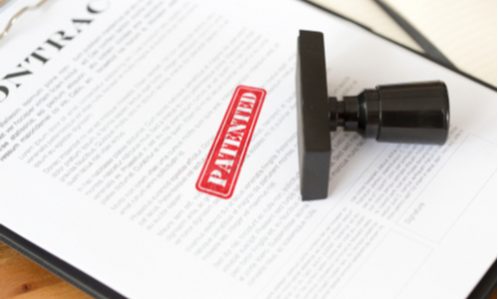
By: David Kleban & Jake Walter-Warner (Antitrust Update)
There have been several developments since we last wrote about Intel and Apple’s suit against Fortress and several of its so-called “patent assertion entities” (collectively, “Fortress”) based on the allegedly anticompetitive practice of patent “aggregation.” Recall that the plaintiffs’ first amended complaint was dismissed without prejudice in January 2021 because Judge Chen of the U.S. District Court for the Northern District of California found that certain of the alleged product markets were too broad and that the complaint lacked adequate allegations of Fortress’s market power in any of those markets. The court held that plaintiffs did not sufficiently allege that Fortress was charging supracompetitive prices to license its patents, or that there were no substitute patents that could be licensed instead of Fortress’s patents.
In an attempt to address these deficiencies, Apple and Intel filed a second amended complaint on March 8, which included a new section titled “Defendants’ Assertions of Portfolios Encompassing Substitute Patents.” Intel and Apple alleged that “the precise details regarding the settlement terms and royalties paid to Defendants are not publicly available” and therefore details about the “supracompetitive royalties” Fortress has charged “can only be obtained through discovery.” The plaintiffs noted, though, that the aggregation of patents permitted Fortress to extract supracompetitive royalties because the portfolios are comprised of both substitute and complementary patents and therefore “eliminate alternatives” plaintiffs could otherwise try to license. To further demonstrate that it is the aggregation that is causing harm, plaintiffs pled that before the patents were acquired by Fortress, they had never been asserted, and Fortress was able to obtain them at a low cost that is greatly exceeded by the amount it is now demanding in royalties. According to plaintiffs, the fact that these patents are being asserted only now that they have been aggregated with related patents shows that the aggregation itself enables Fortress to demand supracompetitive profits.
On April 26, Fortress filed a motion to dismiss in which it argued, inter alia, that plaintiffs’ product markets are still insufficiently defined and that plaintiffs failed to adequately plead it charged supracompetitive royalties or that substitute patents were unavailable. Plaintiffs’ opposition, filed on June 14, asserted that the new allegations in their second amended complaint cured any previous defects…
Featured News
BHP Unveils £31bn Mining Megamerger Proposal with Anglo American
Apr 25, 2024 by
nhoch@pymnts.com
ByteDance Prefers Shutdown Over Sale of TikTok Amid US Ban Threats
Apr 25, 2024 by
CPI
FCC Votes to Restore Net Neutrality Rules
Apr 25, 2024 by
nhoch@pymnts.com
Apple Rejects Spotify’s Updated App Over In-App Pricing Disclosure
Apr 25, 2024 by
CPI
FCC Set to Reinstate Net Neutrality Rules Today
Apr 25, 2024 by
CPI
Antitrust Mix by CPI
Antitrust Chronicle® – Economics of Criminal Antitrust
Apr 19, 2024 by
CPI
Navigating Economic Expert Work in Criminal Antitrust Litigation
Apr 19, 2024 by
CPI
The Increased Importance of Economics in Cartel Cases
Apr 19, 2024 by
CPI
A Law and Economics Analysis of the Antitrust Treatment of Physician Collective Price Agreements
Apr 19, 2024 by
CPI
Information Exchange In Criminal Antitrust Cases: How Economic Testimony Can Tip The Scales
Apr 19, 2024 by
CPI